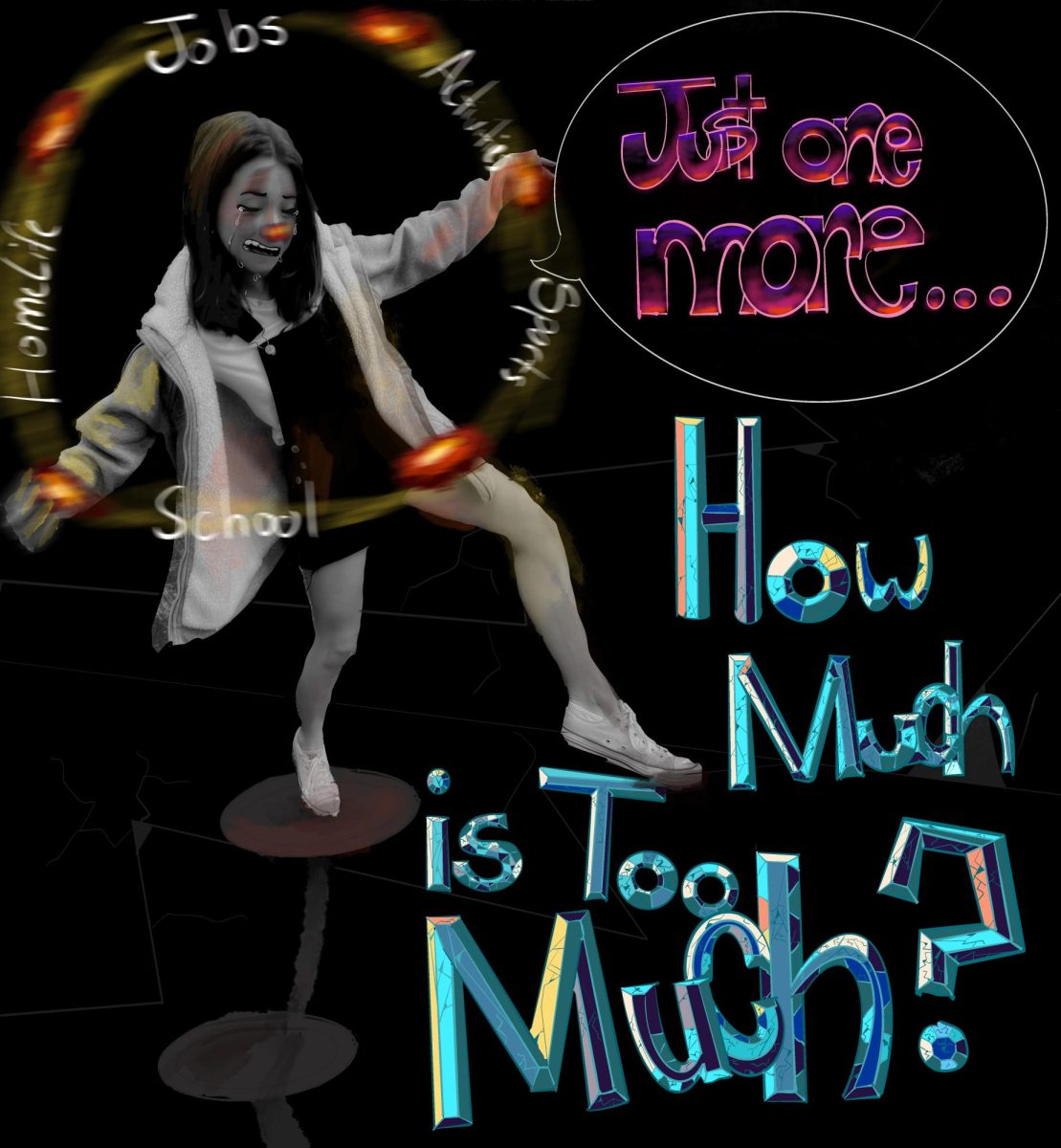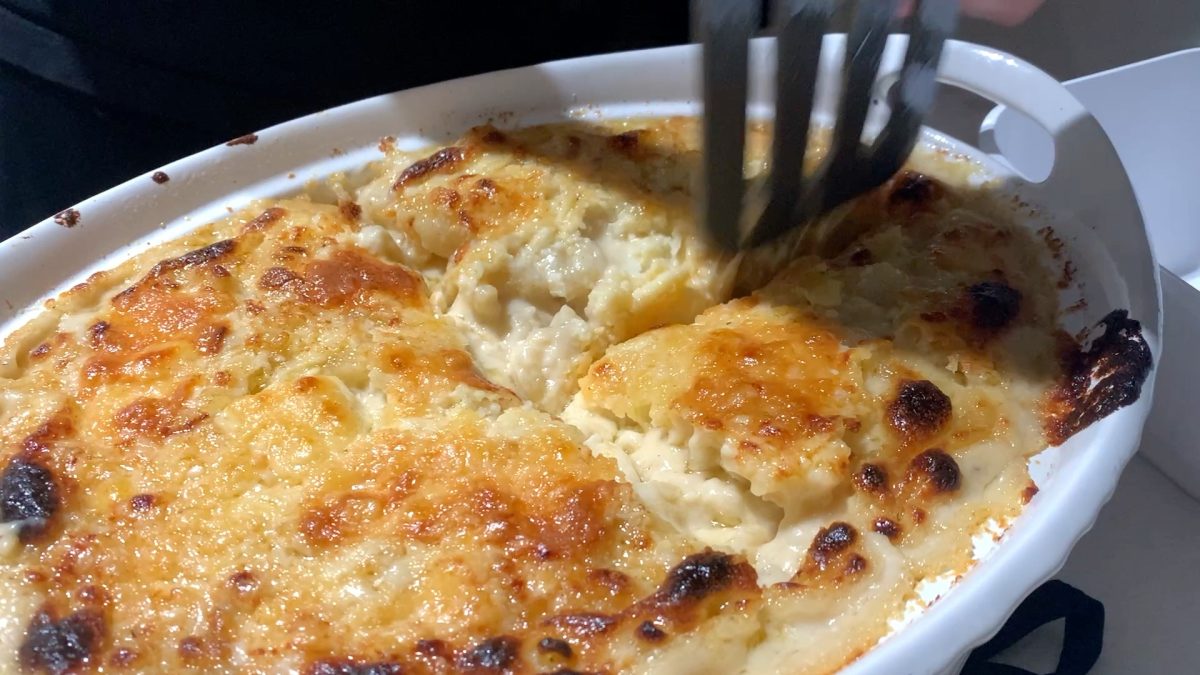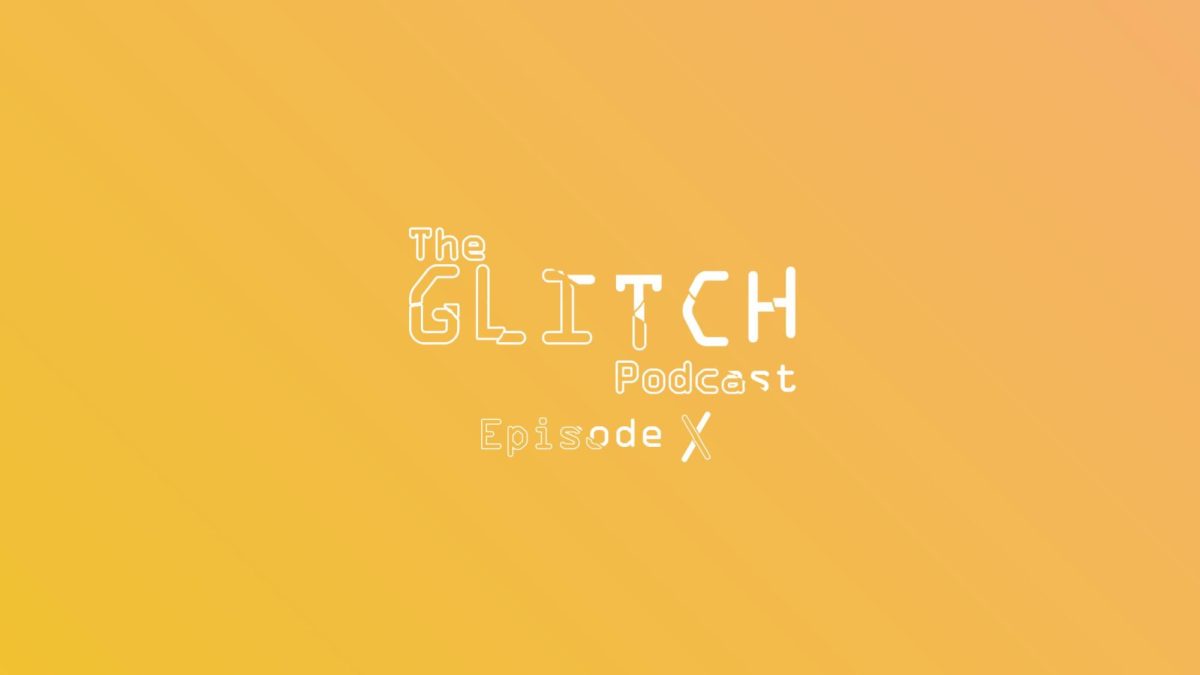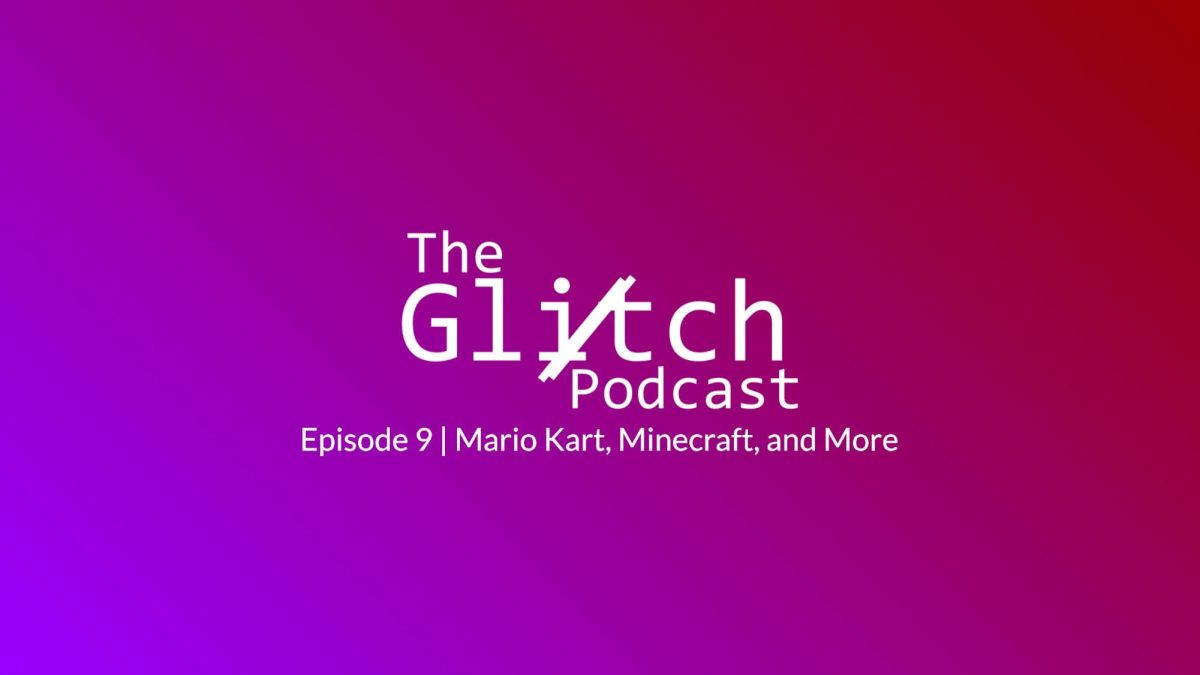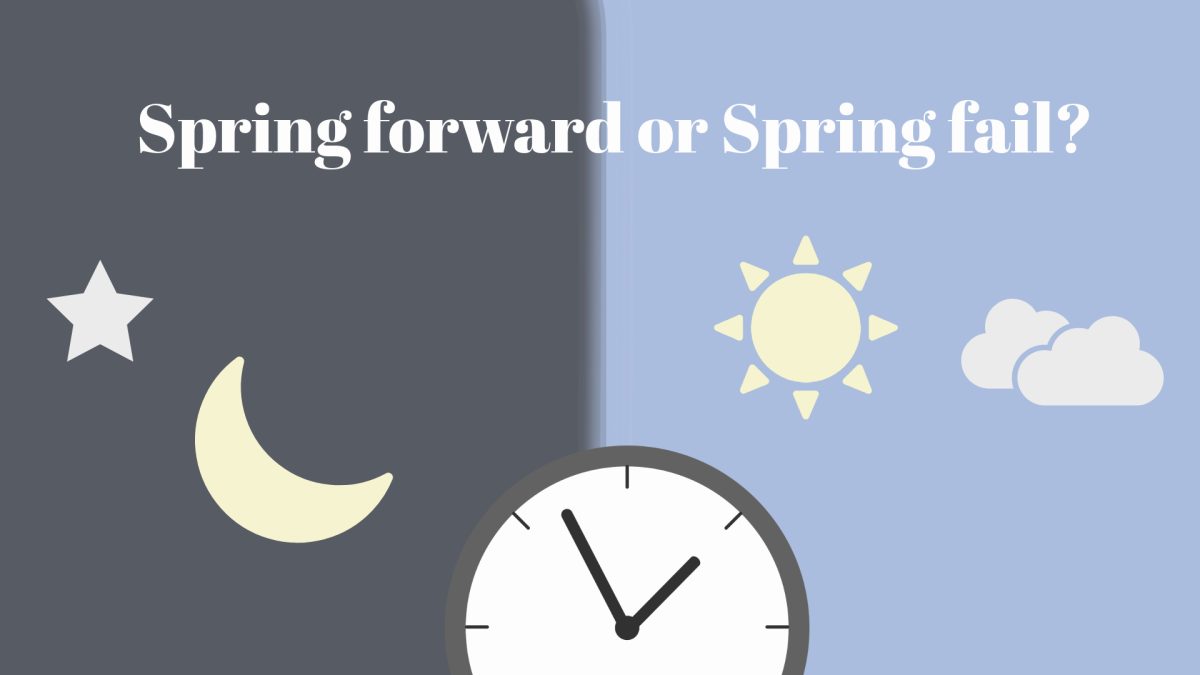In the Jaguar community, students with injuries often face the challenge of navigating daily activities and getting around packed halls when the bell rings. Injured students often use crutches or wheelchairs, and some rely on elevators to move around the building.
Lauryn Wilkey ‘26, a Junior Varsity cheerleader, tore a ligament in her left ankle a few weeks ago, limiting her ability to fully function.
“The elevators are nice, but there are not many of them. I think there should be more in the pods,” Wilkey said. She further expressed her accessibility concerns, adding, “The hallways are pretty narrow, and I get pushed to the side,” highlighting the difficulty of moving through crowded spaces while using mobility aids.
For Meadowlyn Alpert ’27, her injury didn’t just impact her sport, it impacted the way she goes through school everyday.
“I was playing basketball and I was going up for a layup, and my leg hyperextended causing trauma,” Alpert said. “I can’t do anything in gym class, but I don’t take a gym class, and getting around the hallways isn’t that bad because I can walk, but when I get on crutches after surgery, then it’s going to be more difficult.”
Alpert spoke about the difficulties with social activities as an injured student whether it be friends or everyday life that has changed for her.
“I couldn’t drive for a long time, and I’m not gonna be able to drive after surgery for a little bit, so it’ll be hard to get around and go hang out with my friends,” Alpert said. “The elevators are kind of a pain sometimes, just because they’re super slow. But other than that, it’s not that bad.”
Riva Linga ’28 knows these challenges firsthand after she tore her ACL, meniscus and MCL while playing volleyball.
“When I was playing volleyball about a week ago, I jumped up for a hit and landed on my left foot and twisted my knee,” Linga said. “I haven’t been able to play volleyball in a while, but the main challenge is just accessibility due to accessing the elevators.”
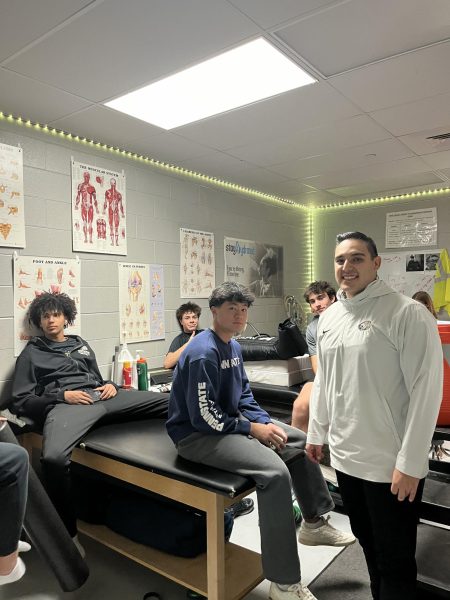
Social studies teacher, Mathew Henbest, provides accommodations to his injured students, such as offering necessary adjustments to help them stay on track, giving different accommodations for different injuries and setting up a “realistic” timeline for work to get turned in.
“And so there’s kind of like a protocol in terms of reducing the amount of work and screen time and things like that. If it’s something that might require them to miss a lot of class, I usually try to start a conversation with the students and get a handle on how much time they might be missing, and together come up with a time that seems realistic. In some instances, it means perhaps reducing the workload. In other instances, it might just be extending the time that they have to complete things,” Henbest said.
Friends, classmates, and peers assist by carrying books, holding doors open, or giving space to help injured students move through hallways more easily.
Lauryn Wilkey ’26, who has experience using crutches, emphasized the importance of comfort during recovery.
“If you are in crutches, get something to make it more comfortable because it takes a lot out of you and it is exhausting, so anything to make it less exhausting is easier,” Wilkey said.
Athletic trainer, Taylor Quenzer, explains the various ways he helps athletes with physical and mental injuries to get back on their court faster with recovery.
“We use a bunch of different ways to get just athletes on their playing surfaces quicker, through stretching, range of motion, strengthening, therapeutic modalities, Norman Tech, boots, massage, cupping, instrument-assisted soft tissue mobilization. We pretty much throw everything we can at it just to see results, to get the athlete back on whatever competition surfaces. Plus, you know, being an athletic trainer we dabble in the world of PT and we dabble in the world of emergency response. So we have so many different backgrounds and scopes that give us information and let alone skill sets to do what we need to do,” Taylor said.
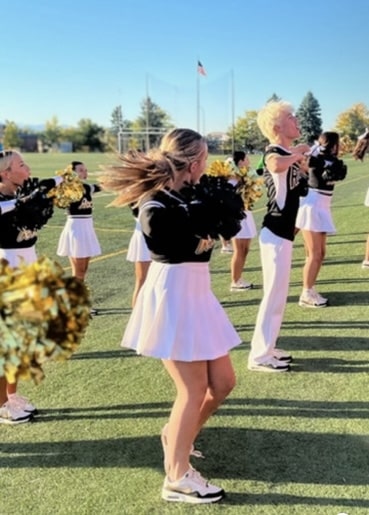
Challenges remain, such as dealing with physical pain, missing out on activities like gym class, and the impact of feeling disconnected from certain parts of high school life, such as group projects or active courses. Despite these obstacles, the support from the school community helps injured students stay engaged with their classes and maintain their academic progress.

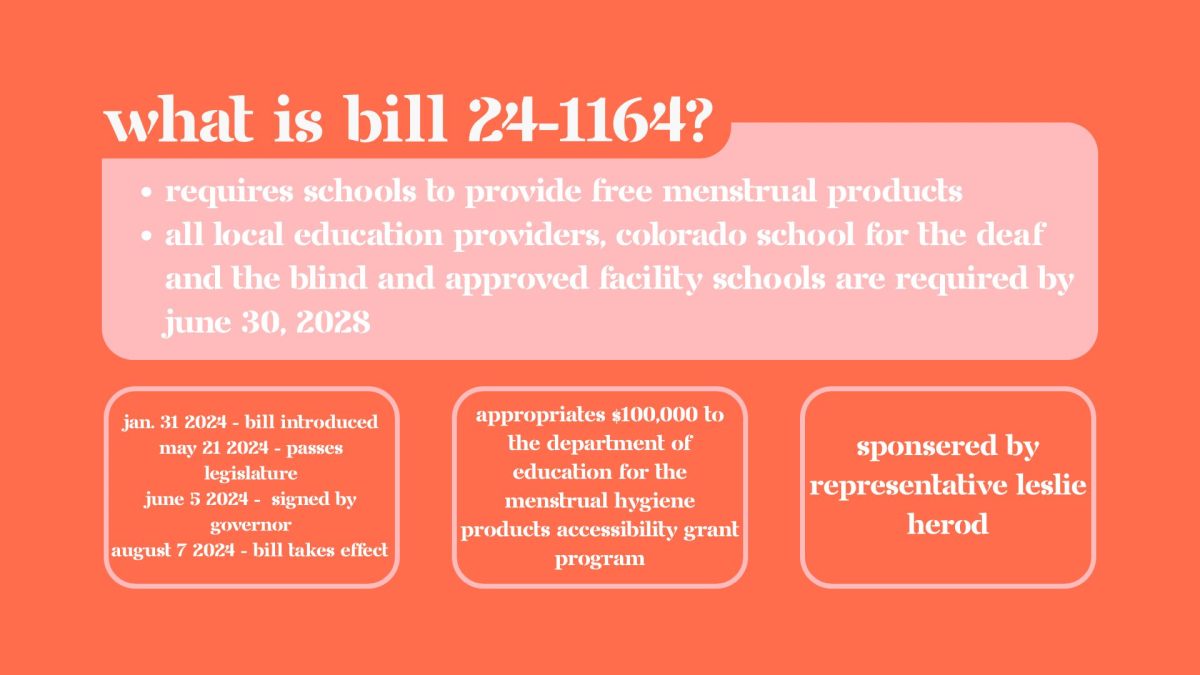
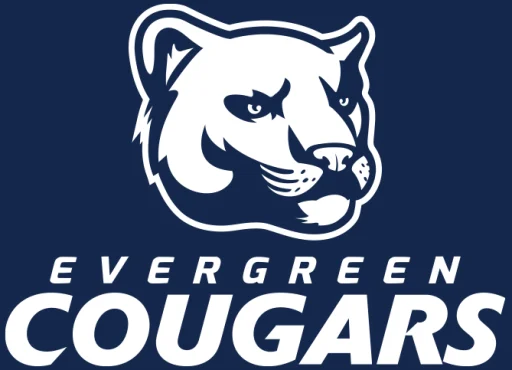
![Minutes before the Activities Fair in the gym, president Abhi Gowda ‘26 prepares the stall for his club Helping Hands, Sept. 4. A relatively new club, Helping Hands was co-started by Gowda and focuses on assisting the homeless, and just last year they succeeded in raising a couple hundred donations to send to shelters. This year, they have goals to expand, with hopes to increase volunteer opportunities and take in-person trips to shelters, as well as extend their help beyond just homeless people. “The Activities Fair gives a lot of underclassmen the opportunity to really get to know the Canyon culture, and it gives them many opportunities for service and volunteering,” Gowda said. “[Through the Activities Fair,] I hope to find a bunch of new and passionate members about our club and just get our name out there and spread awareness to the cause that we’re fighting for.”](https://rockmediaonline.org/wp-content/uploads/2025/09/1-2-1200x885.jpg)
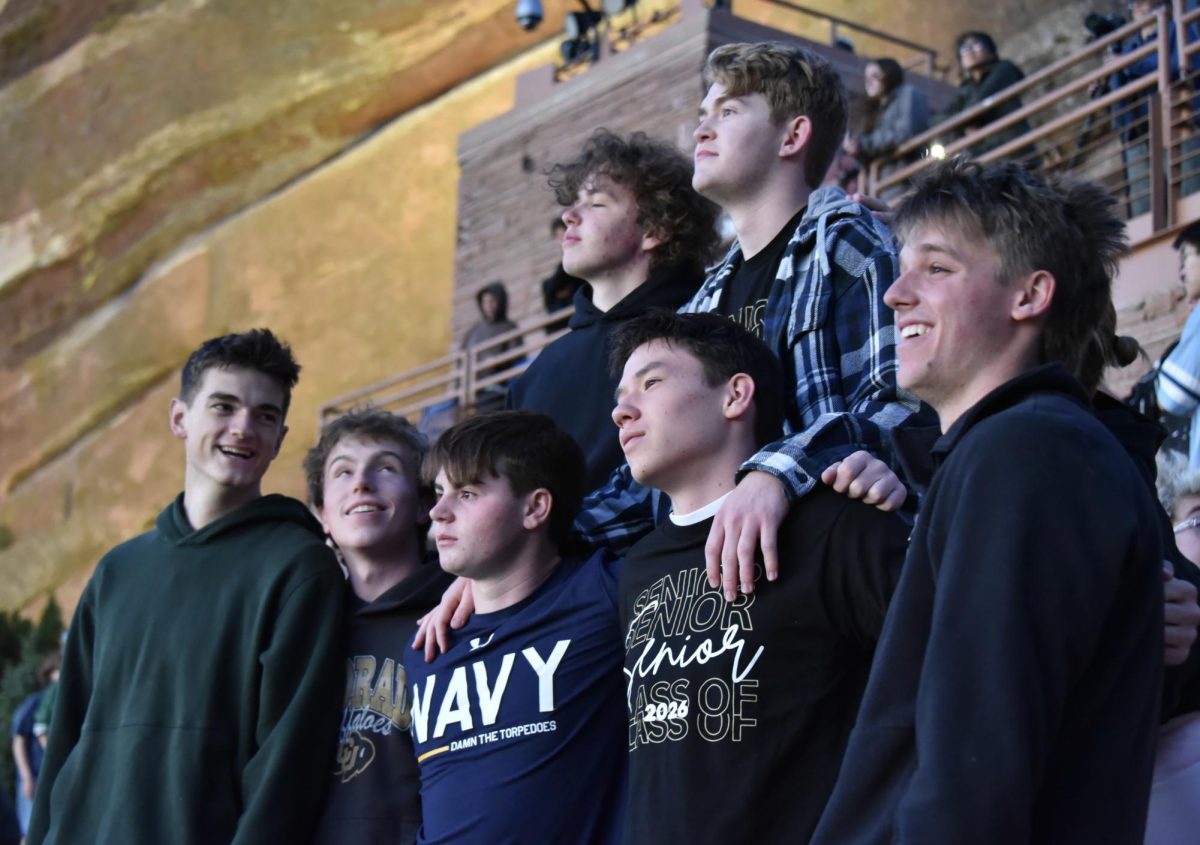
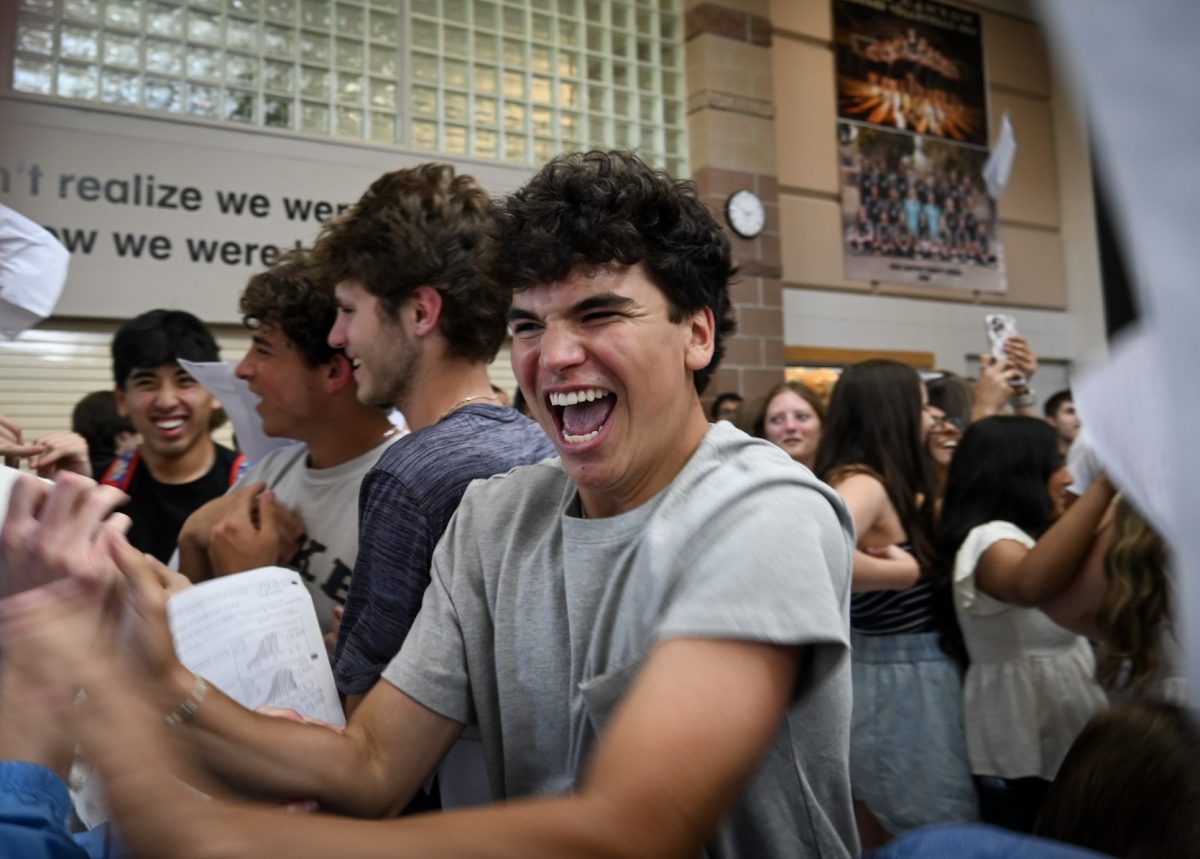
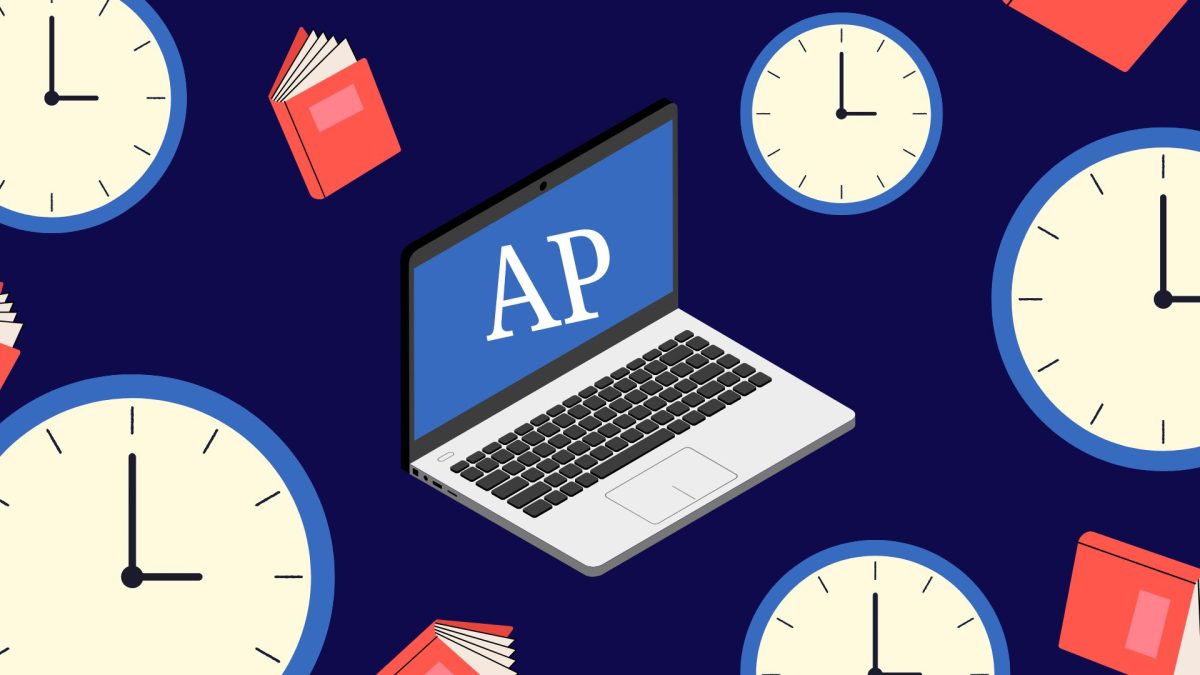
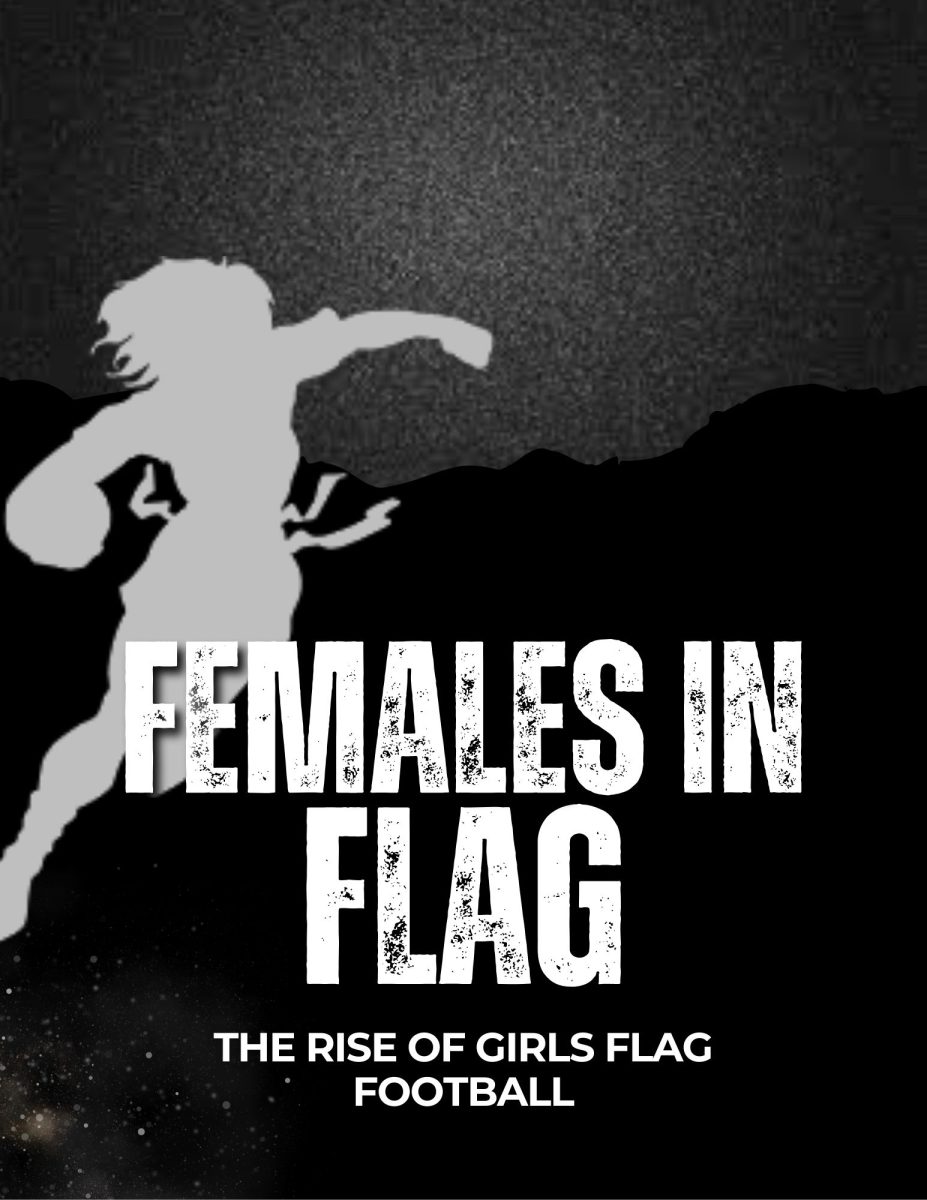
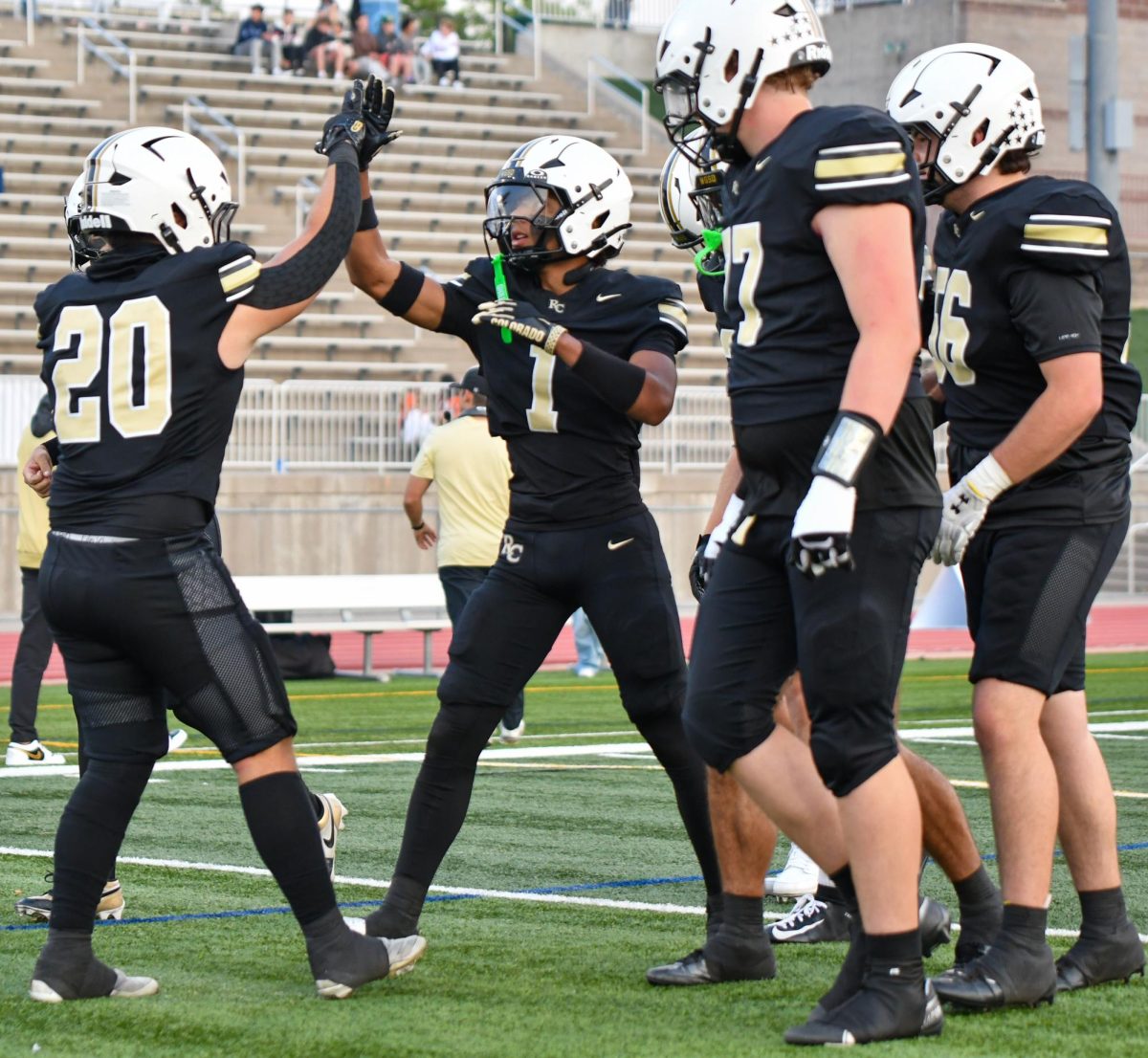
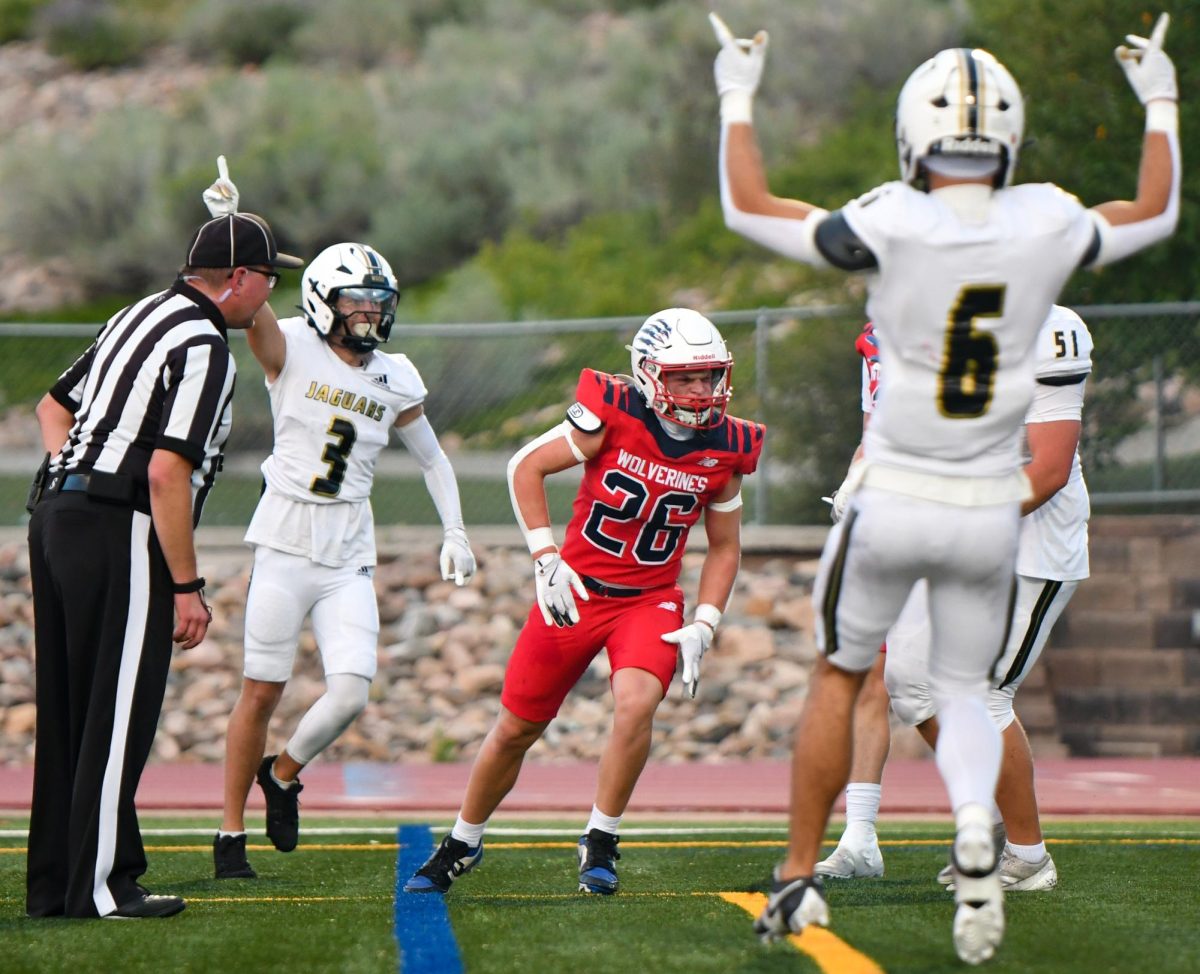
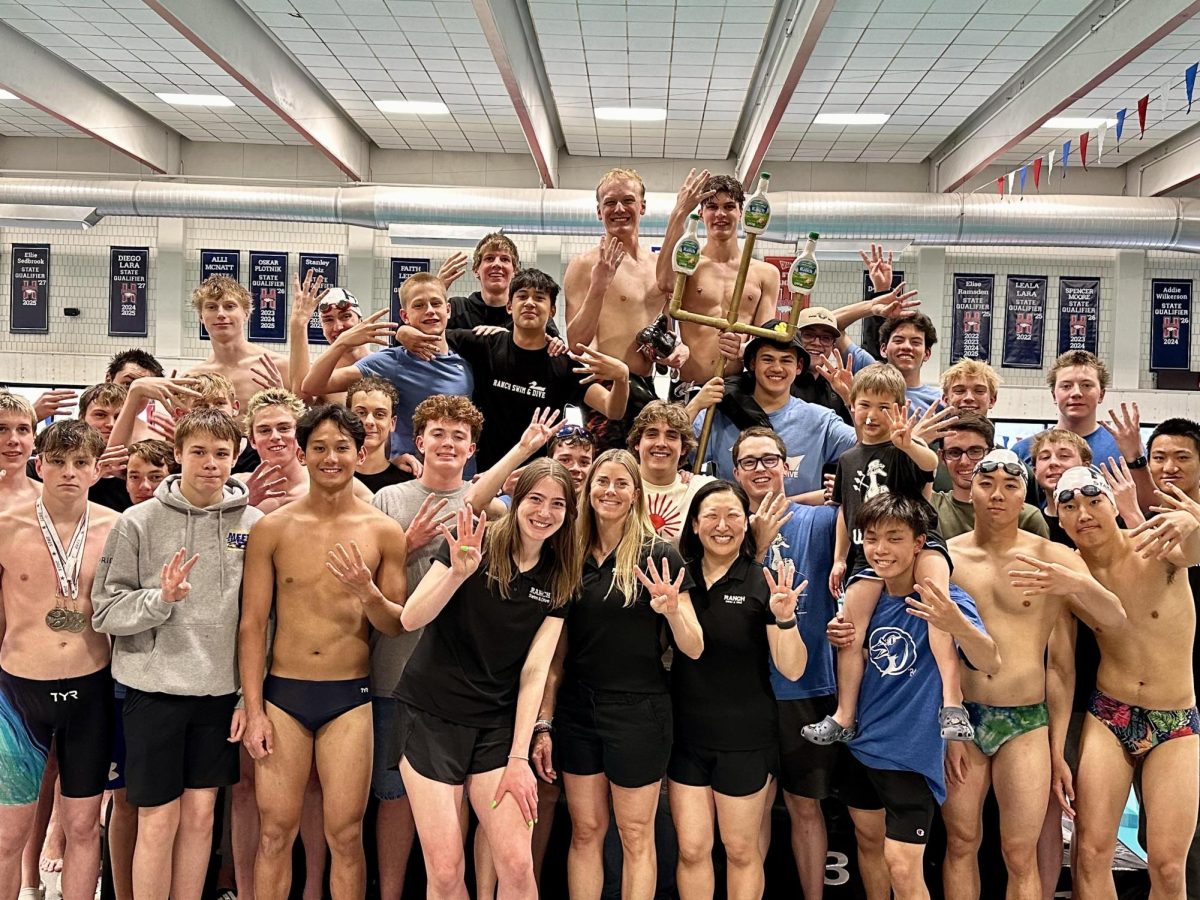
![The winter guard team makes fifth place at the state championship finals in the Denver Coliseum, March 30. The team performed to Barnes Country's “Glitter and Gold,” lead by coaches Margo Sanford, Blair Bickerton and Anna Orgren. In their class there were a total of nine groups participating, and the top five who made it to finals received a plaque. “[Walking onto the stage] is very nerve-wracking, but also very exciting as well. When you first start color guard there's a lot of anxiety and uncertainty when you first perform in front of an audience, but once you've done it for a while, it starts to become the best part of the season,” Ella West ‘25 said. “It's very fulfilling to see an audience react to something you've put your heart and soul into.”](https://rockmediaonline.org/wp-content/uploads/2025/04/Both-socal-media-nd-website-main-1-1200x846.jpg)
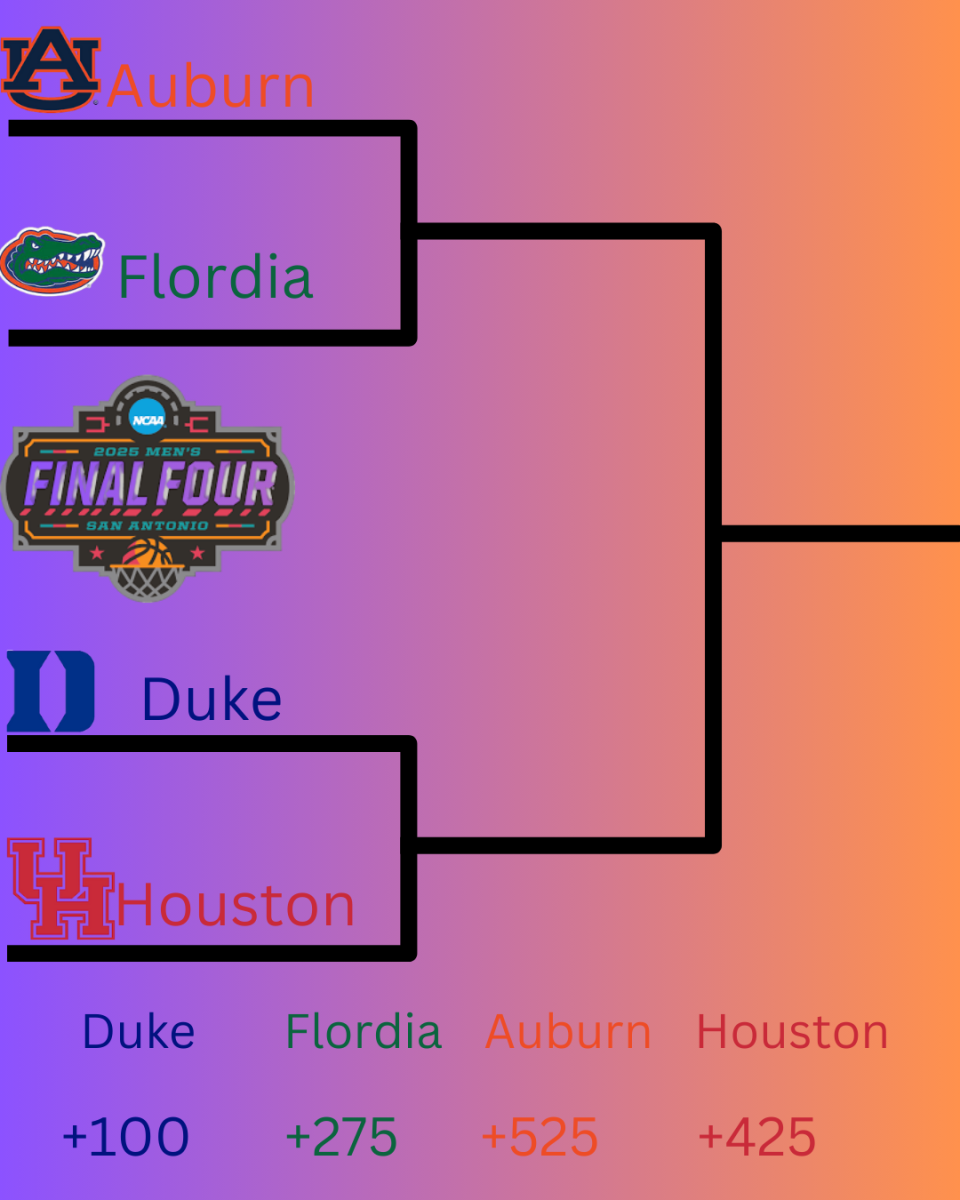
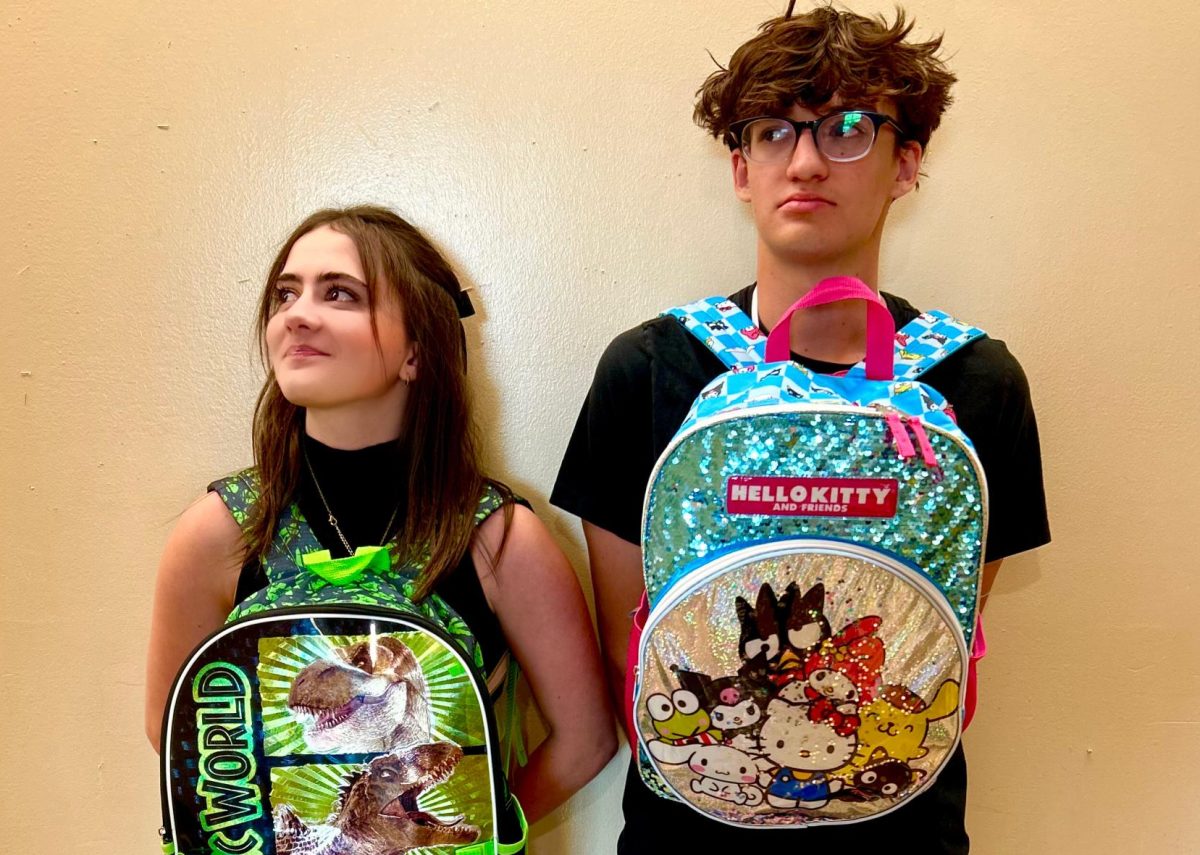
![April marks the 25th anniversary of Sexual Assault Awareness Month, created by the National Sexual Violence Resource Center (NSVRC). This month is to spread awareness of the harassment, assault and abuse that happens around the world. The symbol that represented the month was a teal ribbon; however, some survivors of assault create different symbols and movements like the TikTok trend in 2022, where survivors would tattoo Medusa on their body, in honor of her backstory in Greek Mythology. “I don't think [this month is known] at all. I rarely see anybody talk about it. I rarely see much of an emphasis on posting it online, or much discussion about it, and I feel like there needs to be way more discussion,” an anonymous source said. “I think just validating every experience that a person has gone through, regardless of the degree of it, the severity, is an essential step into making sure that people are aware that this is a very real problem in a society and that we need to do better in addressing it.”](https://rockmediaonline.org/wp-content/uploads/2025/04/IMG_0011-1200x900.jpg)

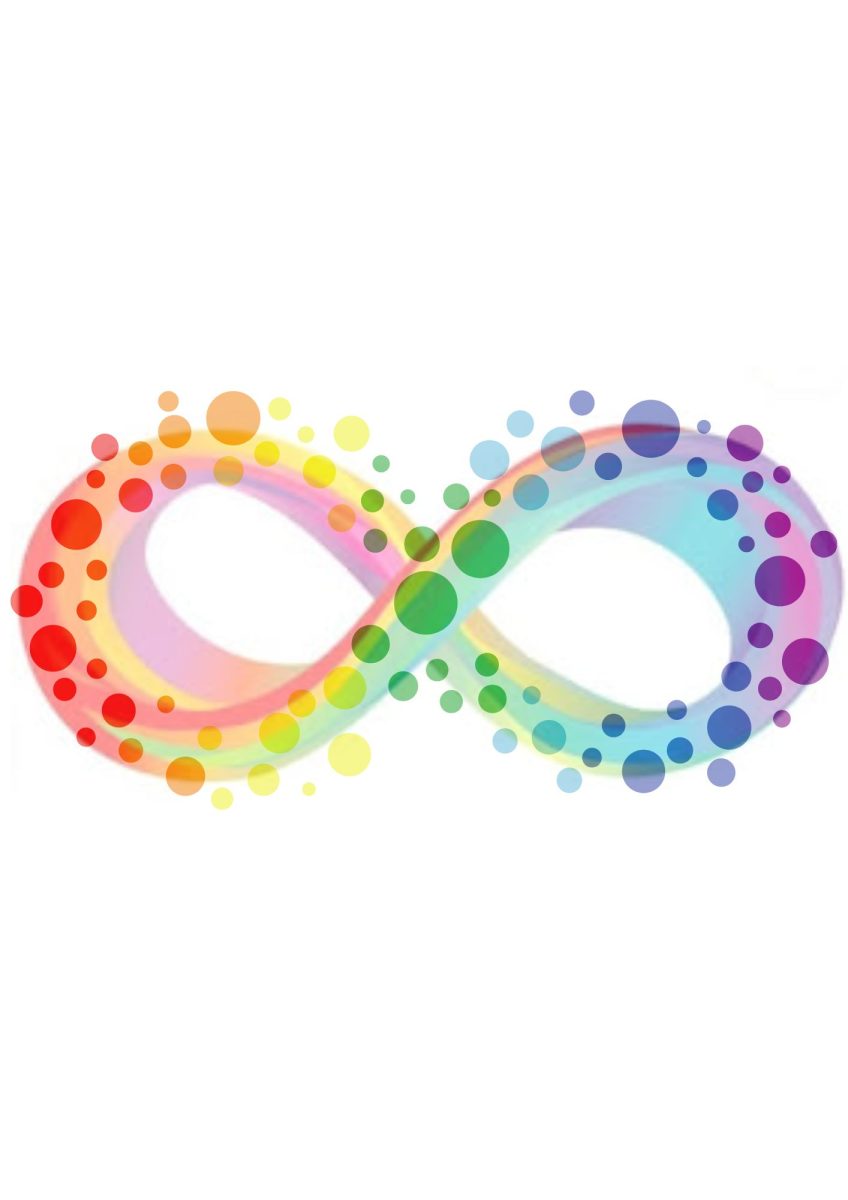
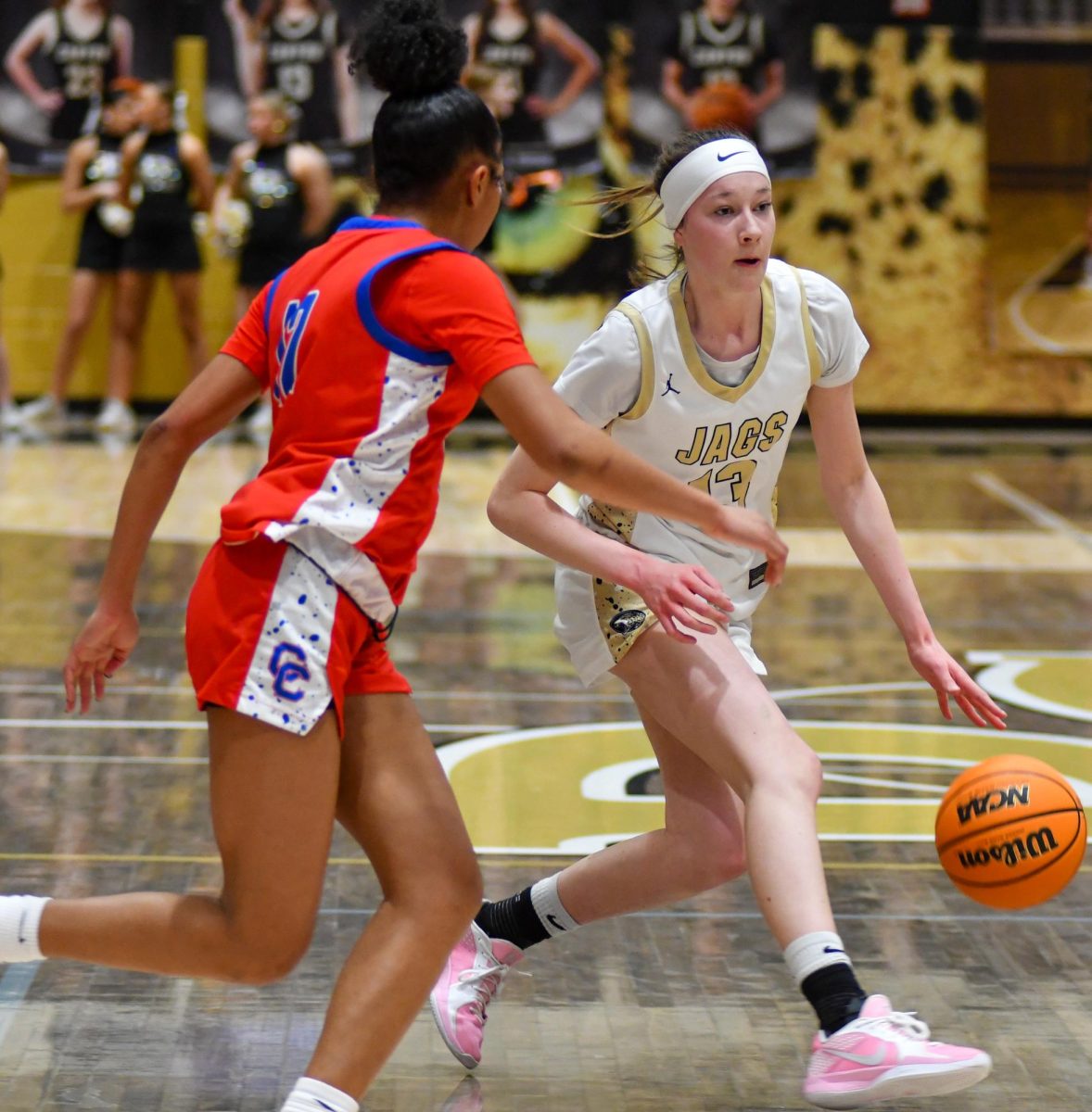
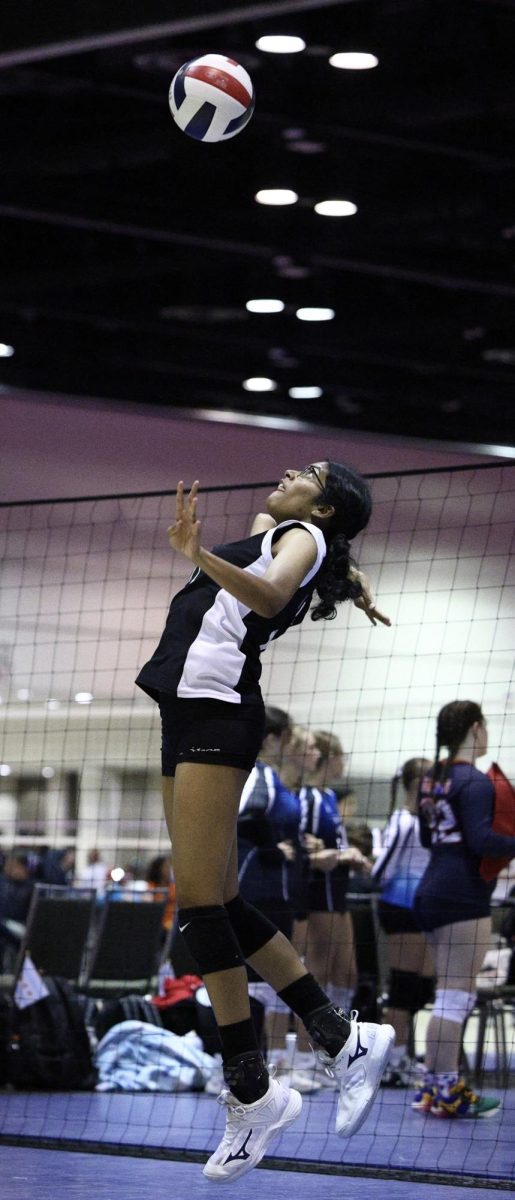
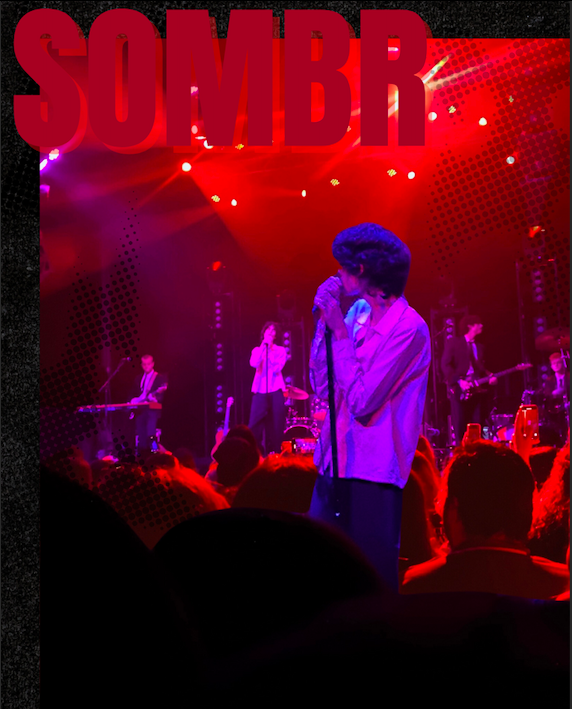

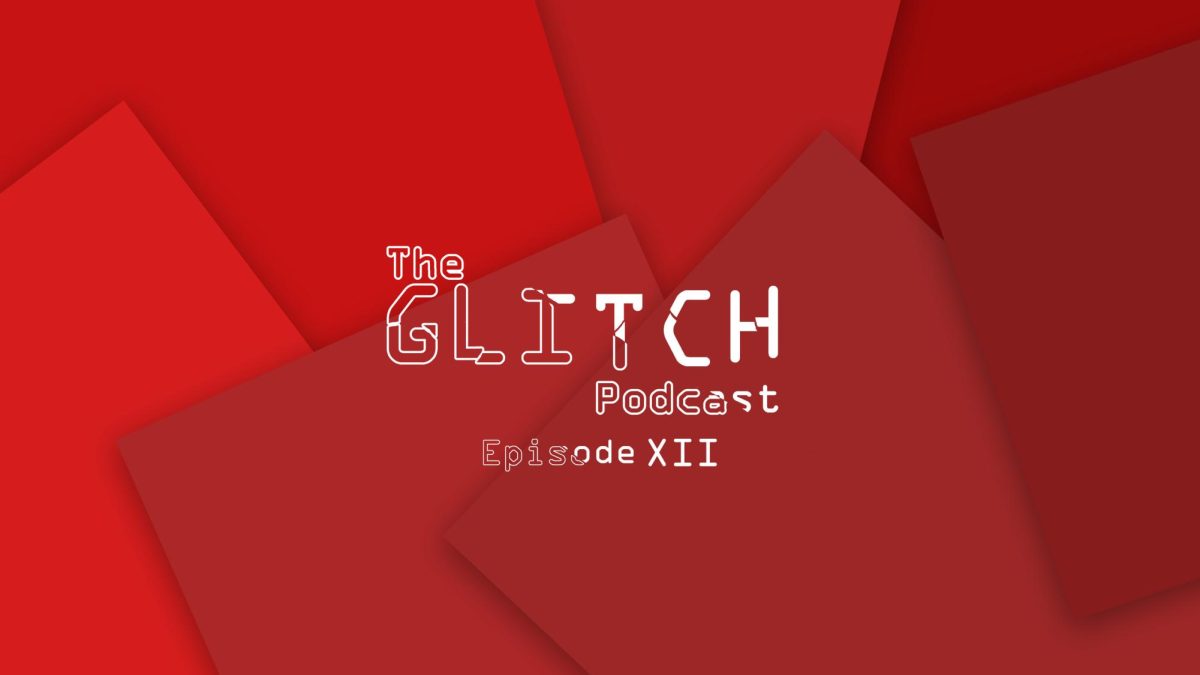
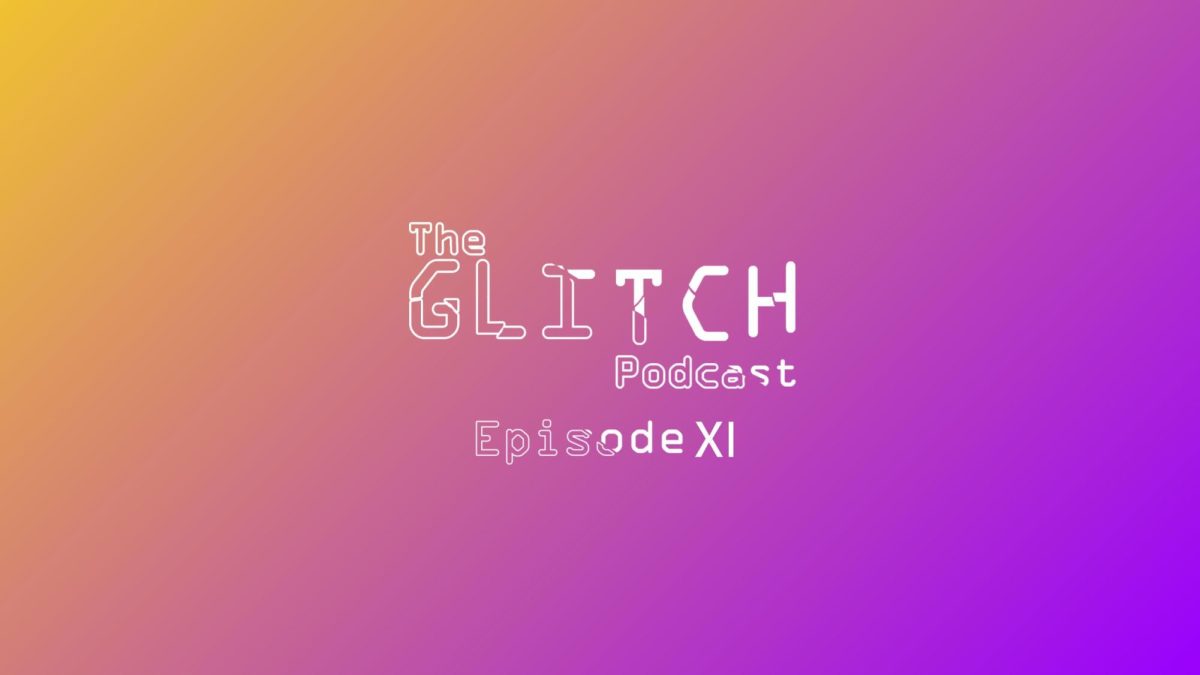

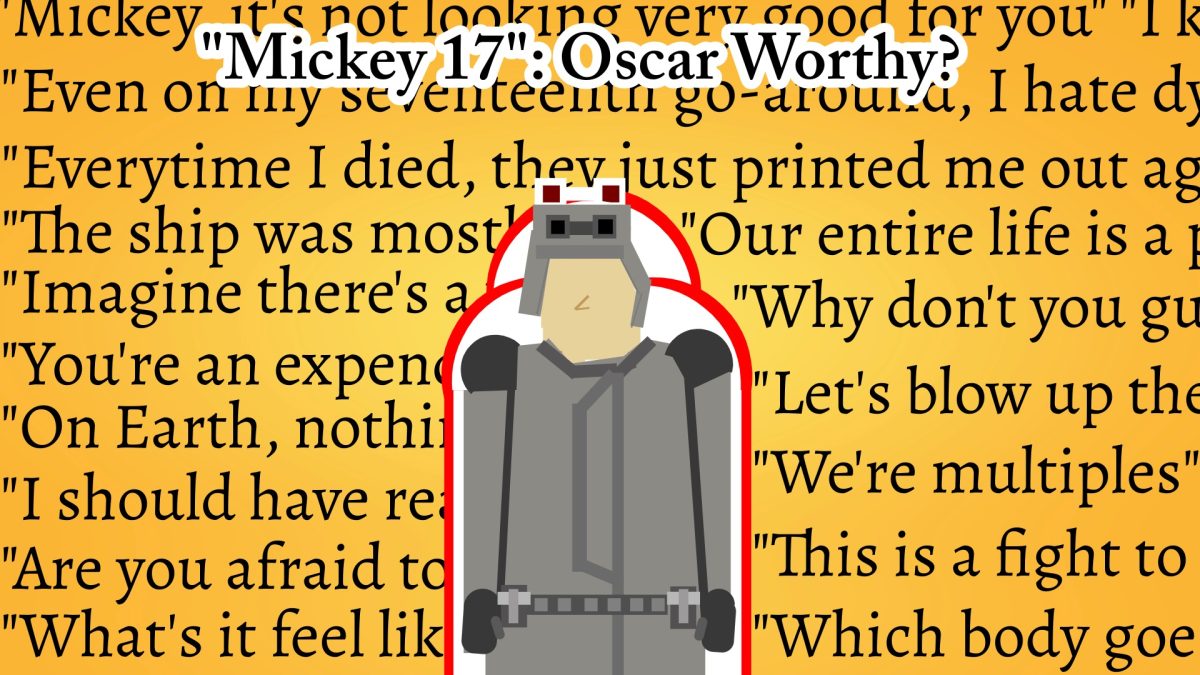
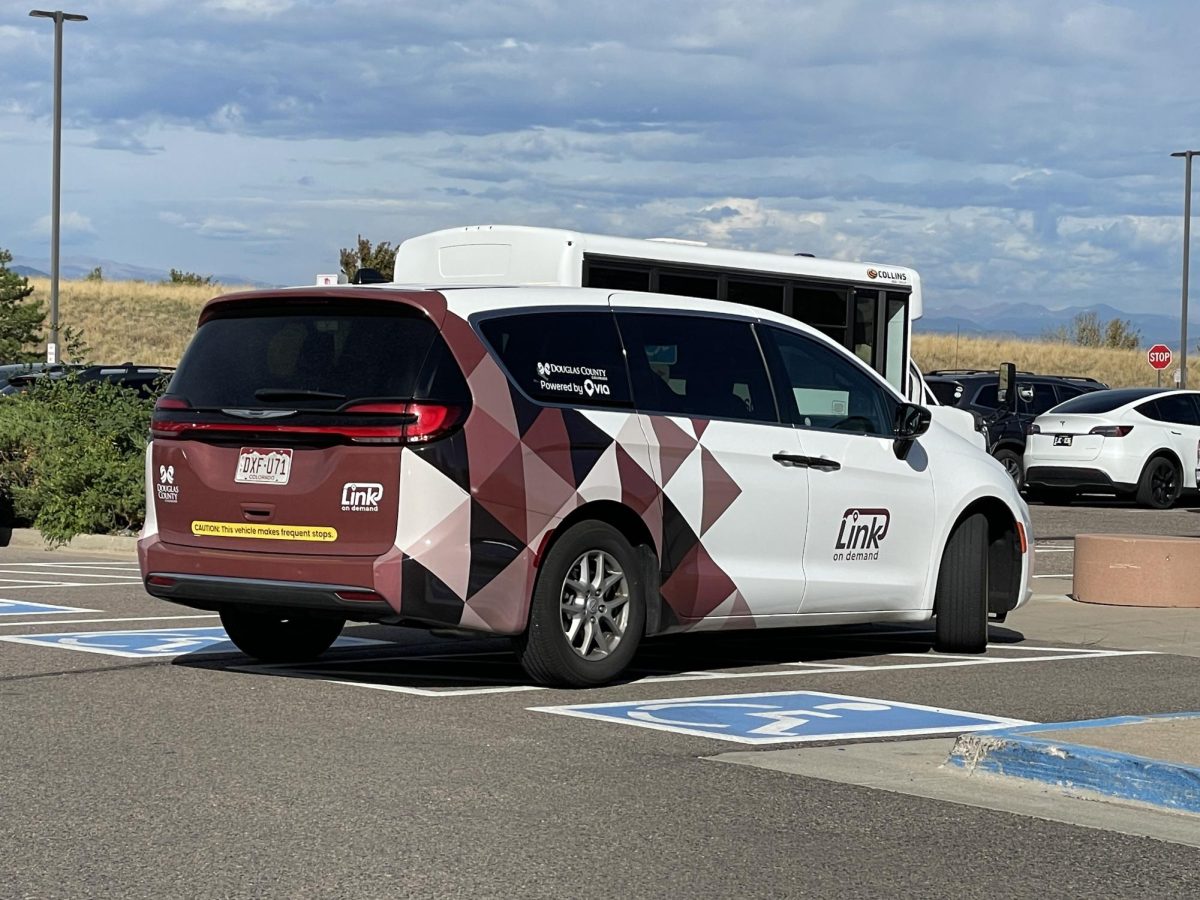
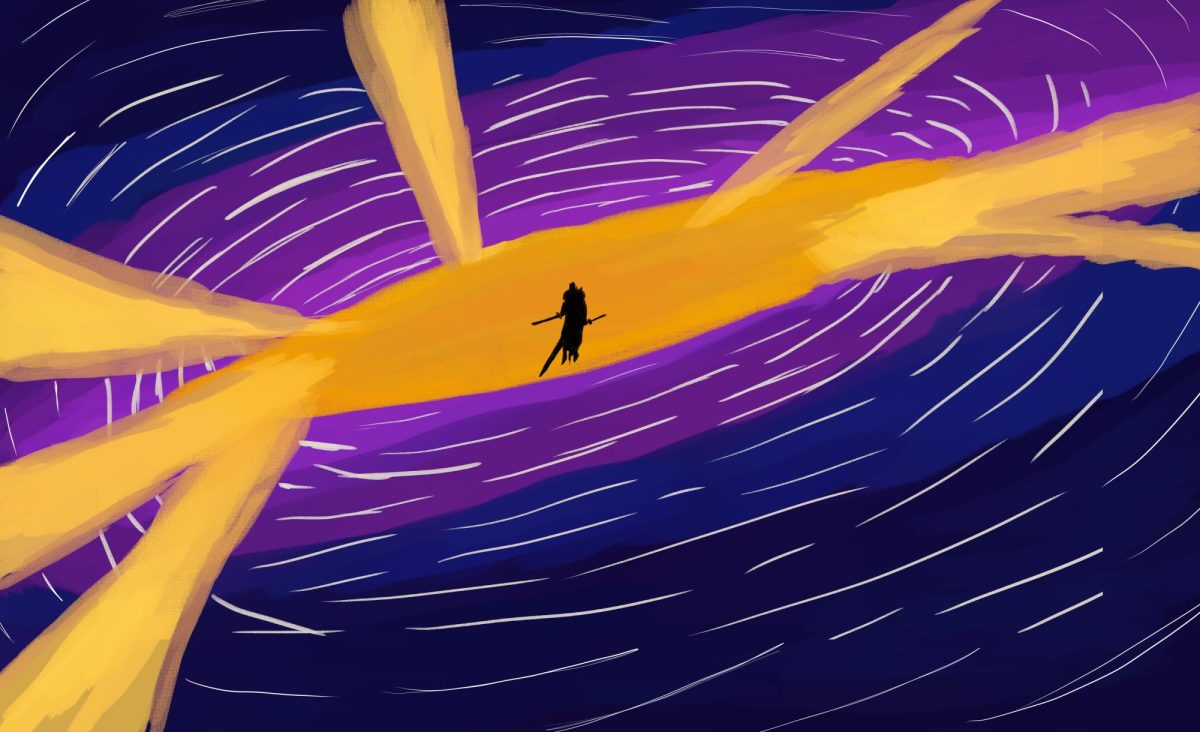
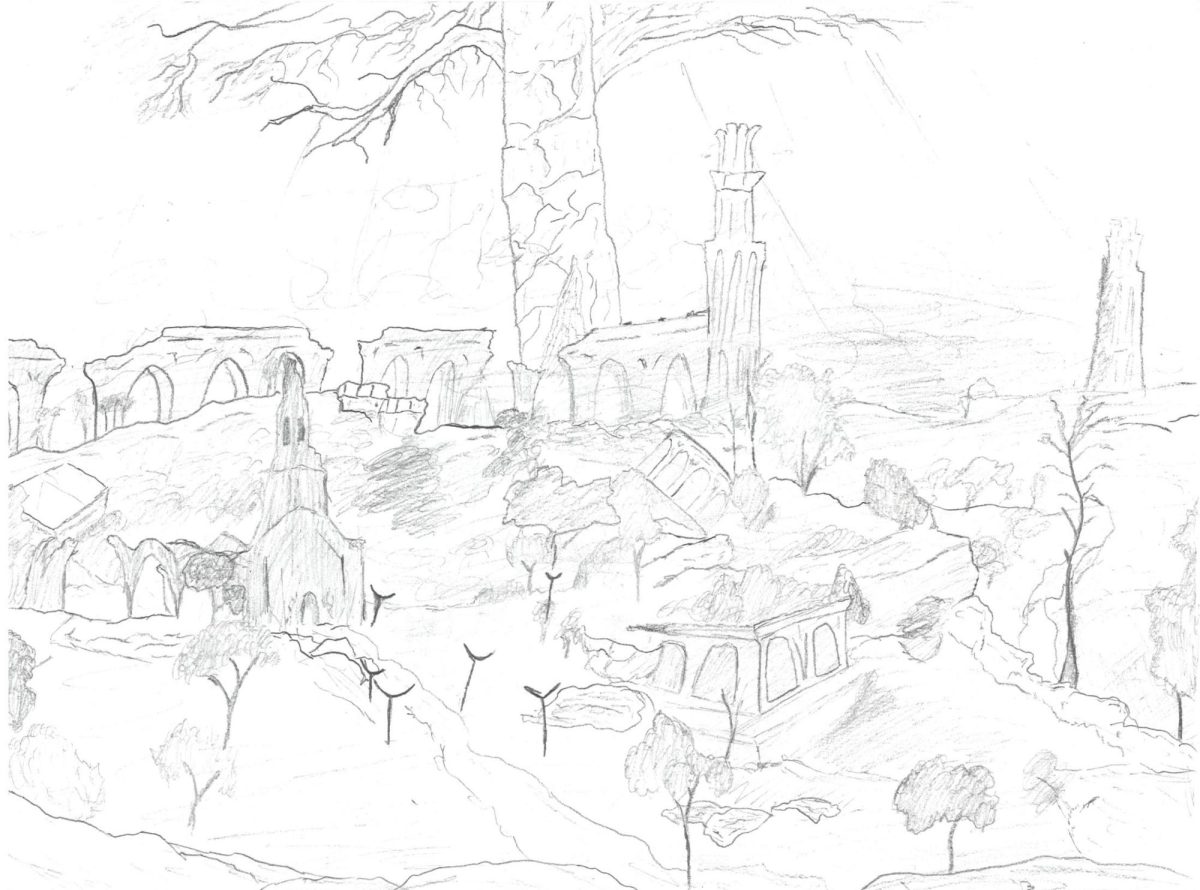
![Lesbian Visibility Day is April 26, and it’s a holiday to celebrate the lesbian community of the world. Lesbian Visibility day was established in 2008 by many queer activists and organizations who sought to raise more awareness for lesbian history and culture. “So this is why during Lesbian Visibility [Day] we celebrate and center all lesbians, both cis and trans, while also showing solidarity with all LGBTQ+ women and nonbinary people,” Linda Reily, in an article written by her, said.](https://rockmediaonline.org/wp-content/uploads/2025/04/Lesbian-Visibility-day.jpeg)
